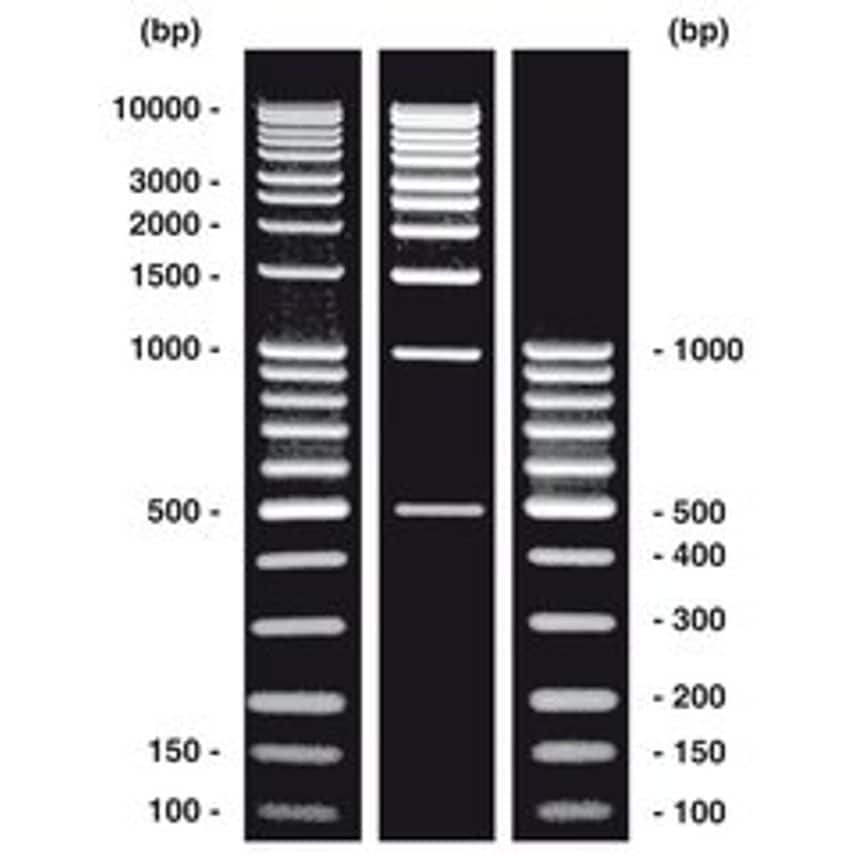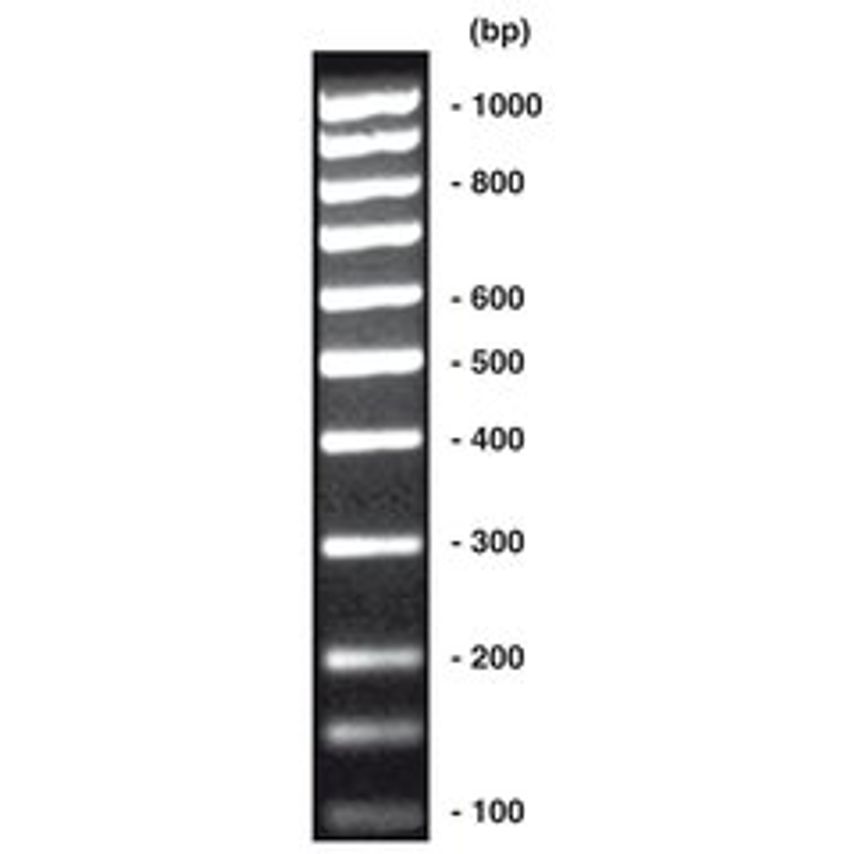Brand
- Watco 3.890
- onsemi 1.875
- Vishay 1.343
- Hirschmann Test & Measurement 959
- DiodesZetex 912
- Nexperia 862
- KEMET 625
- Carl Roth 619
- PawHut 571
- Mascot 567
- Beeswift 510
- EUROKRAFTpro 504
- Routledge 436
- Fruit Of The Loom 388
- 🐾 PureVitam® 352
- Life Essentials 344
- Staubli 309
- MTP Products 308
- Phoenix Contact 306
- Fluke 297
- Sealey 297
- RS PRO 290
- Edit 279
- CRC Press 272
- Schutzinger 270
- Rhodes + Scholes 267
- Mueller Electric 260
- Hunter 230
- Maroxe 225
- ROHM 211
- JORDAN 200
- Advanced Electronics 187
- Slingsby 186
- PCR Max 183
- Savings Store 182
- Web One Accessories 176
- Megger 168
- Wurth Elektronik 163
- NIKE 154
- Gates 149
- Result Genuine Recycled 145
- Gordon Measurement 137
- Verner Panton 137
- Purestep 132
- Mitutoyo 130
- Weidmuller 127
- DeWalt 125
- Ubisoft 125
- glerups 120
- Huntingdon Fusion Techniques 115
- Panasonic 114
- Nike 112
- Spradow 110
- Chauvin Arnoux 108
- Secto 105
- Cemo 104
- The Home Maker 101
- Style and Chic 100
- Lovibond 99
- Eppendorf 96
- Apollo Fire Detectors 95
- Murata 94
- Coba 93
- TIMCO 92
- Buckbootz 91
- KARUP design 91
- Carpe Diem Beds 90
- Martindale Electric 87
- Air Jordan 86
- Casper Homes 84
- Millennium Furniture 84
- Cisco 83
- Merkel Designers 83
- MonsterShop 82
- Steelite 81
- YouGarden 80
- Agilent 78
- No Climb Solo Testifire Detector Testers 78
- EUROKRAFTbasic 77
- Lasting Impressions 77
- Merlin Deals 77
- Teledyne LeCroy 77
- Unbeatable Bargains 75
- Kern 74
- Portwest 74
- Taiwan Semiconductor 74
- Rock Fall 72
- Klarity 70
- Result Core 70
- Sid & Sam 70
- Toshiba 70
- Vesda Xtralis 70
- Gedore 68
- Phoenix Safe 68
- Richmond & Finch 68
- Ringtail 68
- ROCKFALL 67
- Tyrell & Tyrell 66
- Festo 63
- Merck 62
Colour
- Black 1.535
- White 580
- Blue 454
- Deep Navy 408
- Red 341
- Green 316
- Grey 303
- Silver 246
- black 242
- Yellow 223
Size
Gender
Merchant
- Zoro UK Limited 15.318
- RS Components UK 10.719
- Home Done 1.801
- K4G.COM 1.283
- Acorn Fire & Security 1.216
- Routledge 825
- Purrfpets 518
- QD Stores 468
- MyTrendyPhone.co.uk 465
- Maroxe 447
- Purevitam 427
- BasketZone.Net 313
- Plusshop UK [OLD] 270
- AndLight.co.uk 251
- Seal Medical 231
- Workwear Supermarket 223
- Marks & Spencer UK 208
- Kick Game 190
- Web One Accessories 176
- Home Living Luxury 172
- Gordons Direct 155
- Word Art Prints 135
- uk.plusshop.com 135
- Pureshoes 132
- Craigmore UK 120
- glerups.co.uk 120
- Cherry Lane 103
- My-Deco-Shop 99
- Car Smart 97
- Selfmade.com 95
- Building Plastics Online 94
- carpediembeds.co.uk 90
- Wrong Weather 87
- YouGarden 80
- klarity health Comlyn 77
- Cowling & Wilcox 76
- Bathshack.com 71
- Click Golf 57
- Belveto 56
- Lime Lace 53
- Onlynaturals 53
- Posted Protein 52
- Compatink 49
- Slam Jam. 38
- gb.ecco.com 38
- Stulino 37
- Vivomed 36
- uk.bazta.com 36
- Care Lineage 35
- KicksManiac.com 35
Price (EUR)
- <5 8.811
- 5 - 10 2.085
- 10 - 20 2.914
- 20 - 50 4.900
- 50 - 100 4.763
- 100 - 200 4.491
- 200 - 500 4.367
- >500 6.410






















